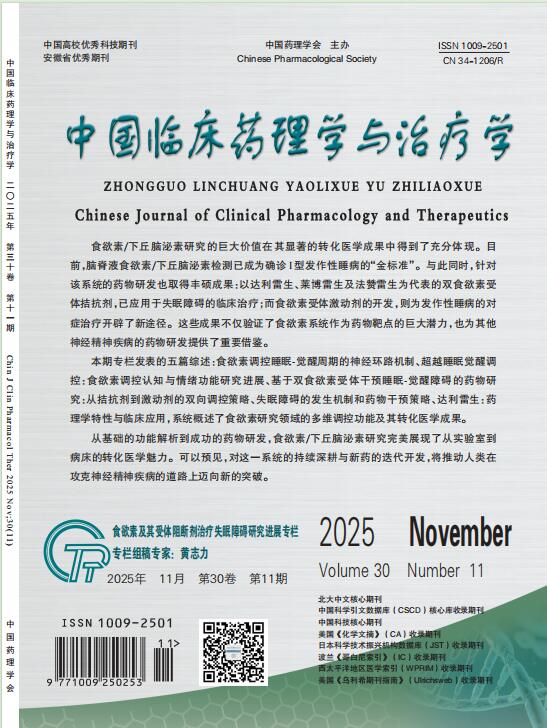Study of extract of astragalus united epidermal growth factor for the treatment of rat skin burns
ZHOU Yi, SUN Shu-fang, YANG Jun, MIN Qing
2010, 15(8):
876-879.
 Asbtract
(
174 )
Asbtract
(
174 )
 PDF (207KB)
(
802
)
References |
Related Articles |
Metrics
PDF (207KB)
(
802
)
References |
Related Articles |
Metrics
AIM: To investigate the effects of extract of astragalus united epidermal growth factor(EGF) on skin burns healing efficacy.METHODS: 80 Wistar rats with each back, 2.8 cm in diameter caused by two deep Ⅱ degree burn wound.Rats were randomly divided into extract of astragalus united epidermal growth factor treatment group (United group), epidermal growth factor treatment group (EGF group), extract of astragalus treatment group (RA group), and isotonic saline control group (control group), each 20 to observe the healing after injury. The wound healing rate after 2,5,7,10,14,18,21 days was measured and calculated. In scalded 7,14,18 days, the content of wound hydroxyproline was measured by hydroxyproline test kit. In scalded 7,14,21 days,the microvessel density wound was calculationed by use of Ⅷ immunohistochemical staining.The 14,21 days,the rat skin wound was taken to do pathology analysis.RESULTS: The healing time of the United group were significantly lower than those in the other groups (P<0.01, P<0.05). Compared with control group, the healing times of EGF group and RA group were lower (P<0.05).The wound healing rate,the wound microvessel density were higher in United group than those in the other groups(P<0.01, P<0.05) on scalded 10,14,18,21 days and in 7,14 days. Compared with control group , the wound healing and wound microvessel density in EGF group and RA group were higher (P<0.05). The content of wound hydroxyproline in United group were significantly higher than those in the other groups (P<0.01, P<0.05) on scalded 7,14 days. Compared with control group, the content of wound hydroxyproline in EGF group and RA group were higher (P<0.05). CONCLUSION: The extract of astragalus united epidermal growth factor can significantly promote skin wound healing and shorten the healing time.


